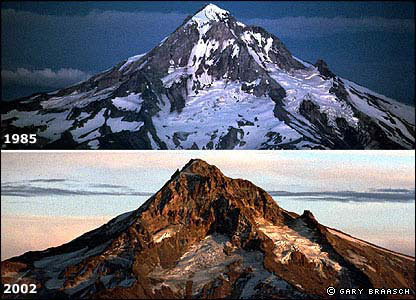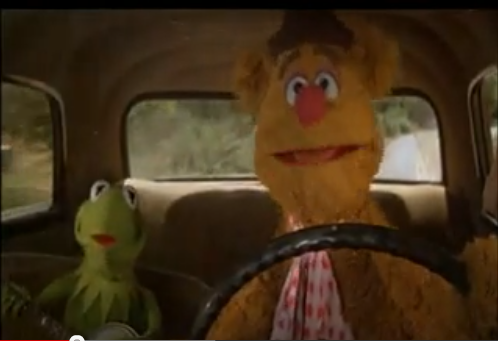“A well regulated Militia, being necessary to the security of a free State, the right of the people to keep and bear arms, shall not be infringed.” — Second Amendment, U.S. Constitution
The children of Sandy Hook Elementary School returned to their classrooms this past week; President Obama reiterated that solving the “gun problem” would be among his highest priorities in the weeks ahead, even as Republican leaders in the Senate insist that the only issues that will receive any serious attention in the coming months will be the deficit; and nearly 400 people have died in gun related events since the Sandy Hook massacre, including four people yesterday in a townhouse in Aurora, CO. And the beat goes on, for as gun advocates never tire of reminding us, the Constitution guarantees their absolute “right to keep and bear arms.”
The problem here is that when gun advocates reiterate this clause of the Constitution, which has taken on the quality of a sacred mantra, they forget that it is qualified by a preceding clause that links the absolute right to ownership to the necessity of maintaining “a well regulated Militia” for “the security of a free State.” This was a time, we might recall, when “standing armies” were seen as something of a threat to freedom and liberty—think British Redcoats—and calling out of the Militia required individual soldiers to supply their own weapons. I don’t know for certain, but I seriously doubt that the U.S. military currently even allows soldiers to bring their own weapons with them when they are called to duty, let alone requires it as part of maintaining a “well regulated Militia.” The point here is not that we should eliminate the right to keep and bear arms, but that the conditions that animated the original intent of this amendment no longer abide. And given that fact, it surely makes sense to reconsider the standing of the right as an “absolute,” as well as the regulations needed to secure a “free State,” especially given changed and changing weapons technologies and circumstances.
But there is a second point to be made as well. The “arms” that the Founders had in mind were the sort of single file muzzle loaders seen in the photograph above and on display at the East Coast Fire Arms antique gun show sponsored this past week in Stamford, CT, not the Bushmaster semi-automatic, military-style assault rifle with thirty bullet clips—seen below— and used to take the lives of twenty school children and six others at the Sandy Hook Elementary School in Newtown, CT on December 14th.
If Adam Lanza, the mass murderer who wrought havoc and tragedy on the village of Sandy Hook, was carrying a muzzle loader it is possible that one person might have been injured or died instead of twenty-six. One person. At most. Maybe. And that is something that we should bear in mind every time we hear the Constitutional invocation of an absolute right “to keep and bear arms” used to justify the ownership of semi-automatic weapons.
Photo Credit: Christopher Capozziello/Getty Images North America; Anon/Wikipedia. Cross-posted at BAGnewsNotes.
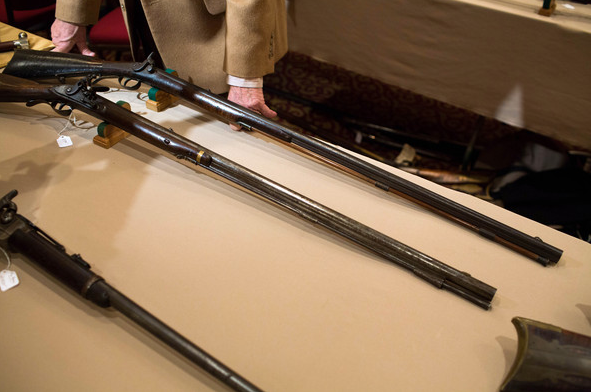
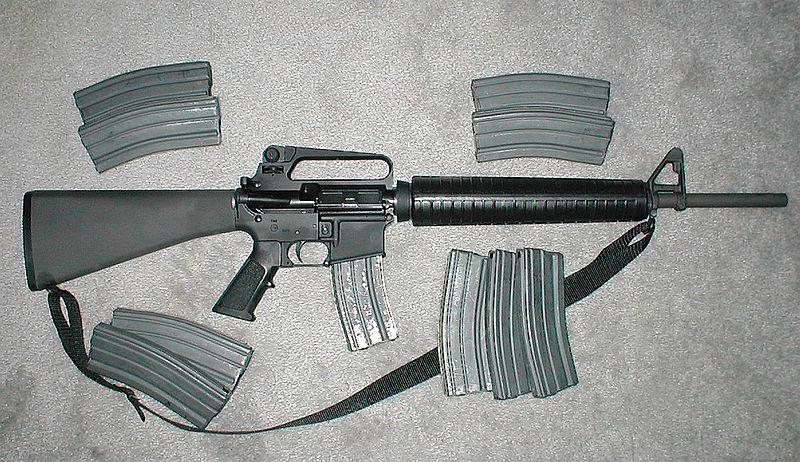


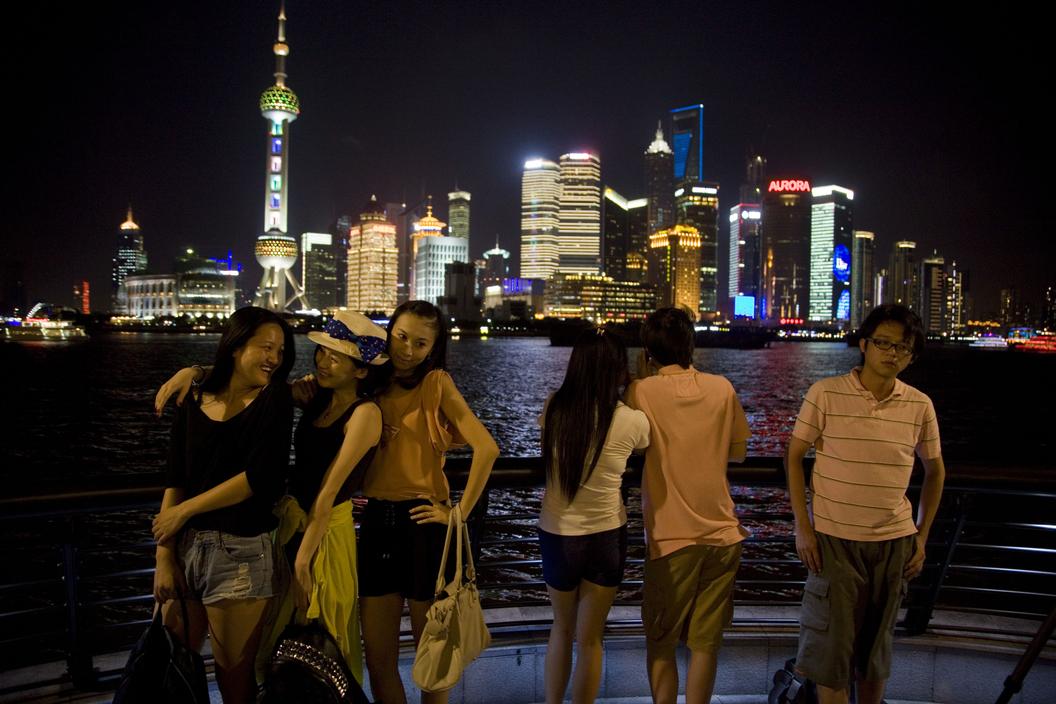
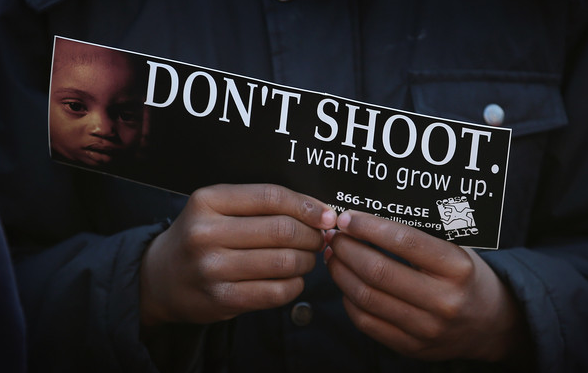
![image_thumb[3]](http://www.nocaptionneeded.com/wp-content/uploads/2012/11/image_thumb3.png)
